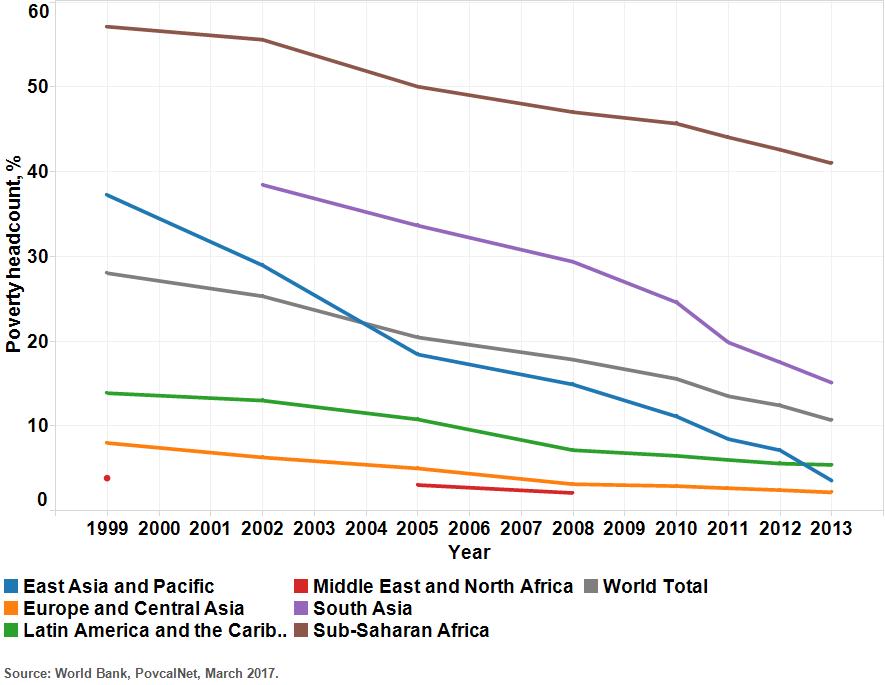Are You Eligible for Government Assistance? The federal poverty level in the United States is a measure of income used by the federal government to determine who is eligible for various subsidies, programs, and benefits. Every January, the Department of Health and Human Services (HHS) updates the poverty guidelines to reflect inflation.
Charts of the Federal Poverty Guidelines for 2021 and 2022
For each household size, the HHS publishes poverty guidelines. In 2022, a family of four will be considered poor if their annual income is less than $27,750. Add $4,720 for each additional person in the household to get the poverty level for larger families. Subtract $4,720 per person for smaller families. Because living in Alaska and Hawaii is more expensive, the guidelines are stricter. The graphs below will help you figure it out:Federal Poverty Guidelines for 2022
Count of People in the Household 48 States & DC Alaska Hawaii 1 $13,590 $16,990 $15,630 2 $18,310 $22,890 $21,060 3 $23,030 $28,790 $26,490 4 $27,750 $34,690 $31,920 5 $32,470 $40,590 $37,350 6 $37,190 $46,490 $42,780 7 $41,910 $52,390 $48,210 8 $46,630 $58,290 $53,640 If there are more than eight people, add this amount for each additional person. $4,720 $5,900 $5,430Federal Poverty Guidelines for 2021
Count of People in the Household 48 States & DC Alaska Hawaii 1 $12,880 $16,090 $14,820 2 $17,420 $21,770 $20,040 3 $21,960 $27,450 $25,260 4 $26,500 $33,130 $30,480 5 $31,040 $38,810 $35,700 6 $35,580 $44,490 $40,920 7 $40,120 $50,170 $46,140 8 $44,600 $55,850 $51,360 If there are more than eight people, add this amount for each additional person. $4,540 $5,680 $5,220 Note: Agencies assist families with incomes above the federal poverty level. Some programs, for example, provide financial assistance to families earning up to 150 percent of the federal poverty level. For a family of four in 2022, that would be $41,625 (1.5 x $27,750).Poverty Guidelines-Based Programs
The poverty guidelines are used to determine eligibility for a lot of federal programs. The most notable are the Supplemental Nutrition Assistance Program (SNAP), Medicaid, and the Affordable Care Act (ACA), which are described in the following: Snap: Eligible to those with a gross monthly income of 130 percent of the federal poverty level and a household with less than $3,750 in assets if an elderly or disabled person lives there or less than $2,500 if no elderly or disabled person lives there in 2022 (up from $3,500 and $2,250 in 2021). Medicaid and the Children's Health Insurance Program (CHIP): These programs cover health care for low-income people. It is the largest source of health coverage in the United States, covering 72.5 million people. Adults in households with incomes of 133 percent of the poverty level are eligible for ACA-expanded Medicaid. The program does not take into account a family's financial situation. The income requirement varies by state in states that did not accept expanded Medicare coverage. The Affordable Care Act (ACA) provides subsidized health insurance to those making 400 percent or less of the poverty level. The amount of money saved on insurance premiums varies depending on household income and size. Head Start and Early Head Start are programs that provide educational, health, and well-being services to young children from low-income families. Children in families with incomes of less than 130 percent of the federal poverty level are eligible for free lunches through the National School Lunch Program. Those earning less than 185 percent of the federal poverty level are eligible for a free lunch. TANF (Temporary Assistance for Needy Families): Provides direct financial assistance to low-income families. It is funded by the federal government, but the states determine who is eligible. Most states' requirements are based on the federal poverty level.Eligibility as Measured by the Poverty Guidelines
The poverty line is determined by the annual cash income of a family before taxes. These are earnings, unemployment benefits, Social Security, rent, and dividends. It excludes non-cash capital gains and government benefits like public housing and food stamps. The poverty guidelines are based solely on income. Other poverty indicators take into account total wealth, annual consumption, or a subjective evaluation of happiness. Those indicators refer to a person's or a family's standard of living, which takes into account the material goods and services available to them.Poverty Level Threshold vs. Poverty Level Guidelines
The poverty guidelines are referred to as the "federal poverty level." The United States Census Bureau publishes data on the poverty line. It determines the number of people living in poverty in the United States. The poverty threshold is used by the Department of Health and Human Services to calculate poverty guidelines and determine financial eligibility for federal assistance programs.Advantages and disadvantages
The poverty guidelines are helpful because they draw a line in the sand between those who are poor and those who aren't. It provides a starting point for those studying low-income Americans—and those attempting to help them—to understand better and alleviate poverty.Pros
- Adjusts for differences in cost of living between Alaska, Hawaii, and the rest of the United States.
- Flights to cities are slowed.
- Allows you to take advantage of government assistance programs.
Cons
- Doesn't account for the cost of living differences between urban and rural areas.
- Only income is taken into account, not wealth or non-income benefits such as food stamps.


